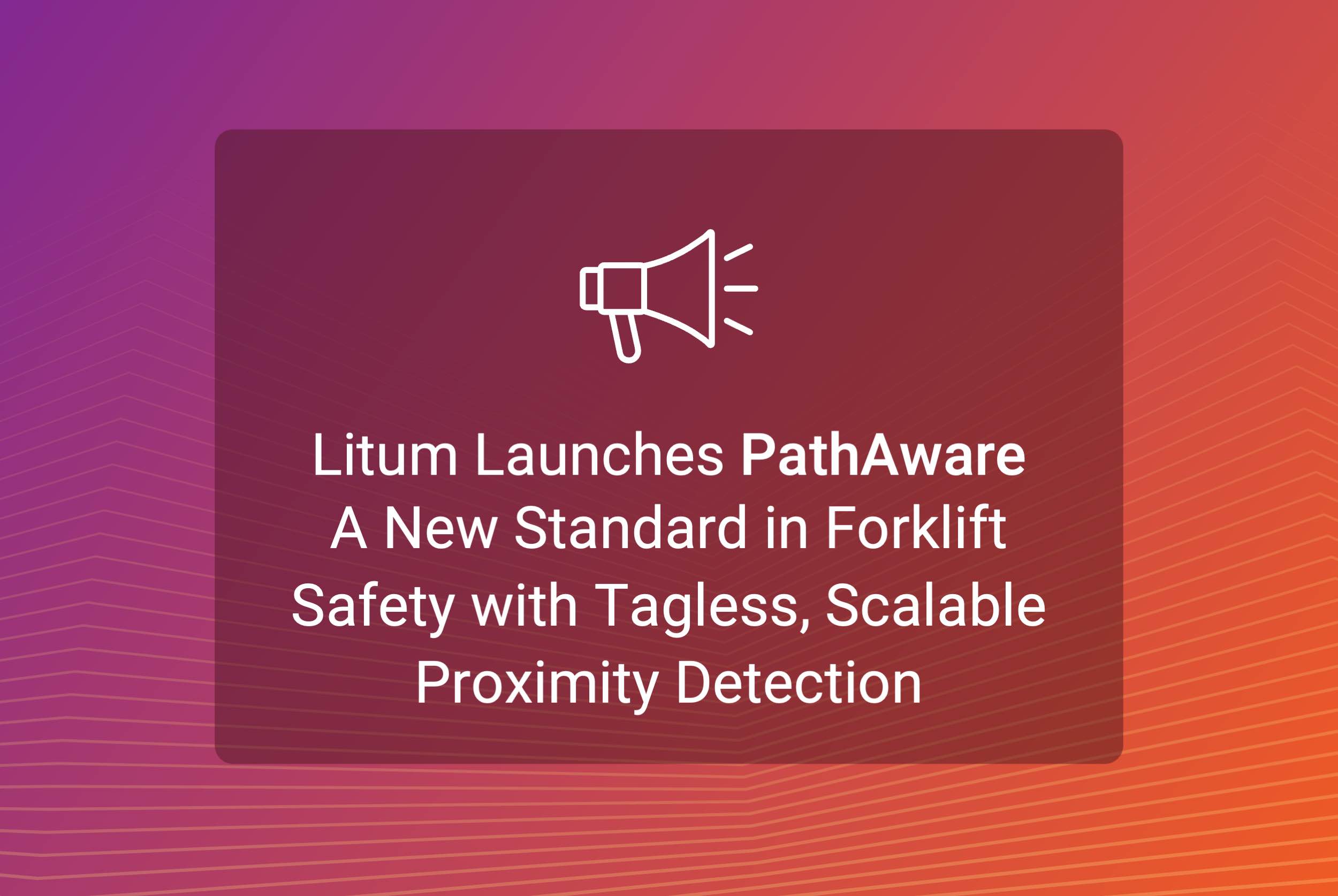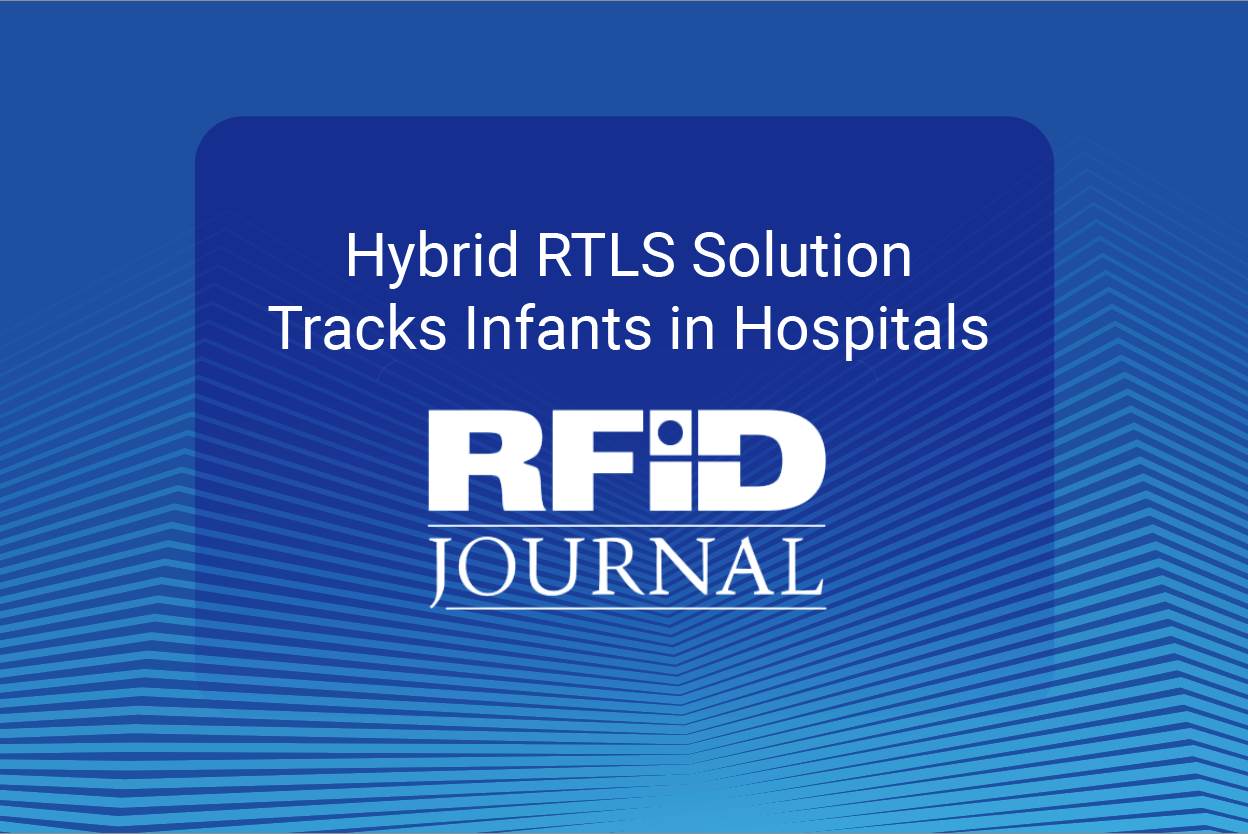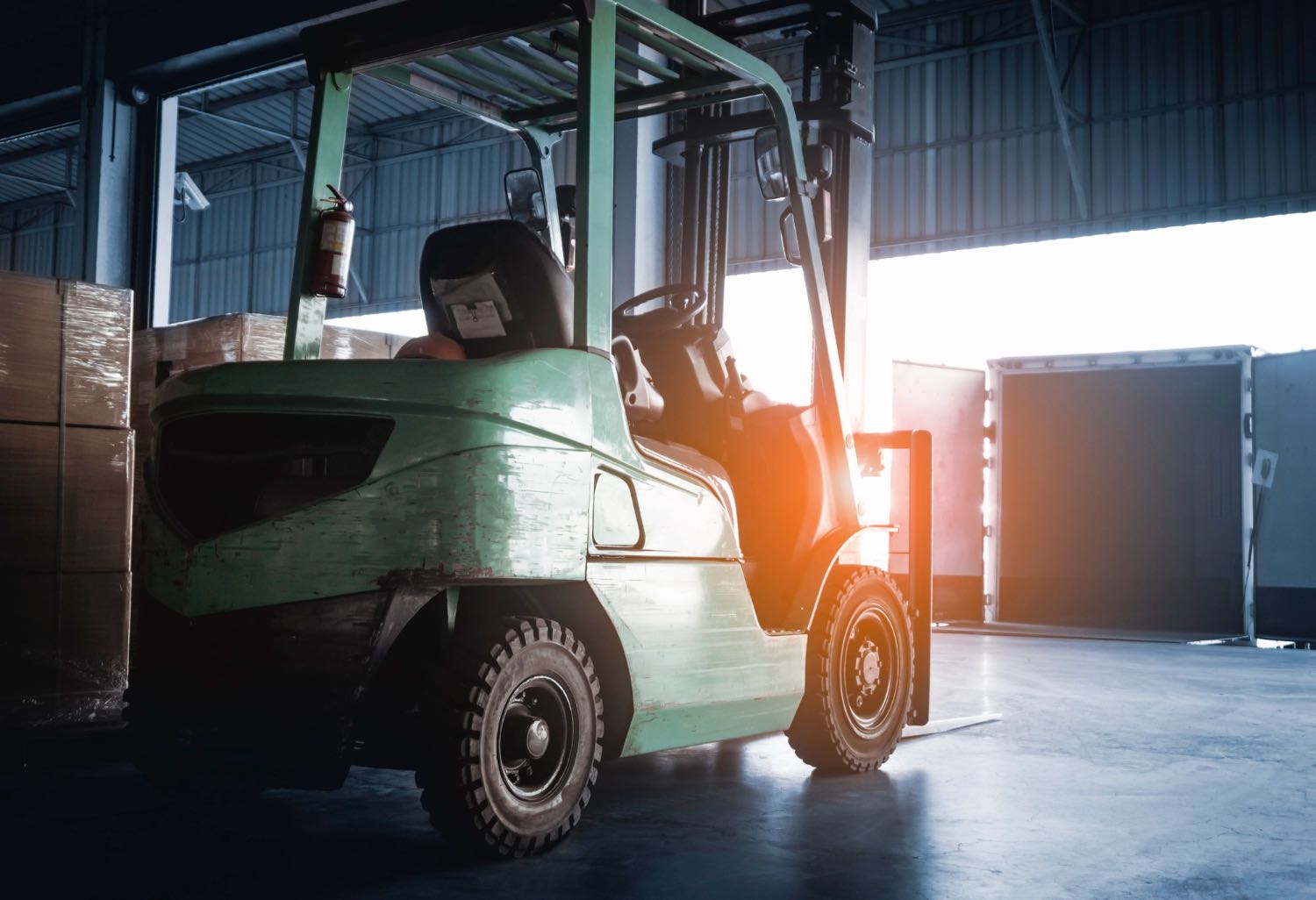Real-Time Locations Real-World Impact
With 20 years of global experience, we deliver RTLS solutions that help you track assets, protect your teams, and streamline workflows with confidence. Our location technology empowers industries and hospitals to reduce risks, maximize efficiency, and optimize resources, turning real-time data into smarter decisions.


Real-Time Location Insights for Safety, Efficiency, and Productivity
- Enhance safety and efficiency by tracking assets and monitoring connected workers in real-time, reducing bottlenecks, and preventing incidents
- Minimize risks and disruptions with location-based alerts for unauthorized asset movements, restricted area breaches, and operational inefficiencies
- Optimize workflows and resource allocation by ensuring critical equipment and staff are where they are needed, when they are needed
- Reduce downtime and costs with proactive monitoring, automated compliance reporting, and predictive maintenance
- Improve decision-making with real-time, data-driven insights that enhance safety, streamline operations, and boost productivity
Connect. Track. Optimize.
Data That Powers Streamlined Operations and Smarter Decisions
- Gain 360° operational awareness with intuitive dashboards that put critical location data at your fingertips
- Eliminate inefficiencies with automated alerts for misplaced assets, workflow bottlenecks, and non-compliance risks
- Accelerate response times by instantly identifying issues and optimizing resource allocation.
- Simplify compliance and reporting with audit-ready documentation and automated tracking
- Customize RTLS to your needs with flexible business rules, seamless integrations, and industry-proven technology
- Leverage 20+ years of expertise with a globally deployed, award-winning RTLS platform designed for safety and efficiency
Connect with Our Experts
Precision in Location
Sub-meter accuracy with finest UWB technology as well as BLE for diverse precision and battery life requirements
Turnkey Provider
End-to-end provider with
full line of hardware,
system design, software,
and services
Proven Track Record
Global footprint since 2004, with hundreds of global deployments that feature Fortune 500 companies
Dynamic Software
Software that supports
multimodal RTLS and
varying use cases with customizable reporting
Global Support
Offices on two continents with partner network
across 50+ countries
Solutions That Win

Solutions That Work
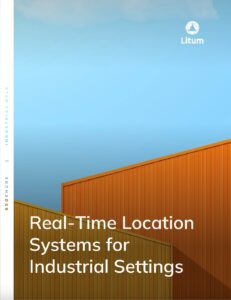

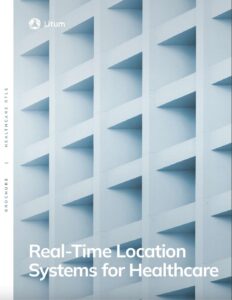
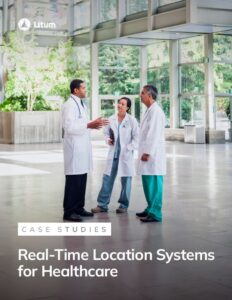
Solutions That Speak
“Litum is the most accurate and future-proof RTLS manufacturer on the market. It is a true game changer, not only from a technology standpoint, but from an overall business experience.”
Litum Partner in Canada
“I am really impressed with the high-tech and complete solution Litum developed, including hardware, firmware, software, signal processing, and the API interface for end-to-end integration.”
Litum Partner in Europe
“Litum offers exceptional tracking precision, seamless integration into our existing infrastructure, and interoperability with other systems. The system’s introduction has noticeably enhanced staff security.”
Litum Partner in Australia
“We recently integrated Litum’s forklift safety solution and we have seen immediate, significant improvement in workplace safety. The technology’s accuracy in location tracking is great.“
Litum Partner in South Korea
Industrial RTLS Solutions
Healthcare RTLS Solutions
News
See all news
Blogs
See all posts
